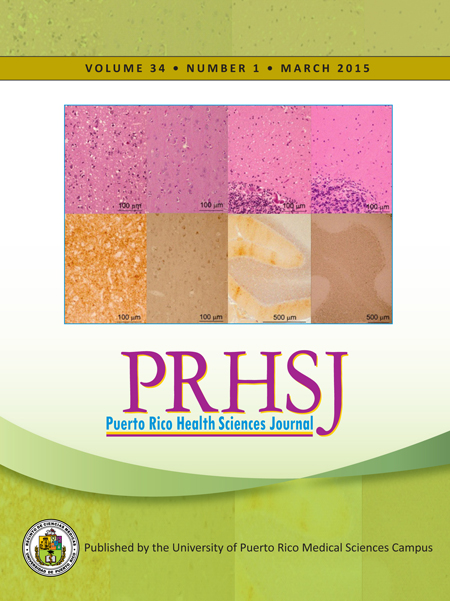Abstract
A healthy physiology depends on a plethora of complex interdependent biochemical reactions. In order for these reactions to occur suitably, the enzymes and cofactors that regulate their flow must be present in the proper balance. The term metabolic correction is used to describe a biochemical–physiological process that improves cellular biochemistry as a means to an individual’s achieving metabolic or physiological optimization. Part 2 discusses how metabolic correction, through the increase of cofactors, can supply unmet enzyme needs and compensate for nutritional deficiencies induced by improper nutritional intake or by the increased demand for nutrients caused by genetics, health conditions, medications, or physical or environmental stressors. Nutrient insufficiencies are causing an increase in morbidity and mortality, at great cost to our society. In summary, metabolic correction improves enzymatic function and satisfies the increasing demand for nutrients. Metabolic correction can have a significant impact on the reduction of morbidity and mortality and their financial cost to our society and contribute to improving health and wellbeing.
Authors who publish with this journal agree to the following terms:
a. Authors retain copyright and grant the journal right of first publication with the work simultaneously licensed under a Creative Commons Attribution License that allows others to share the work with an acknowledgement of the work's authorship and initial publication in this journal.
b. Authors are able to enter into separate, additional contractual arrangements for the non-exclusive distribution of the journal's published version of the work (e.g., post it to an institutional repository or publish it in a book), with an acknowledgement of its initial publication in this journal.
c. Authors are permitted and encouraged to post their work online (e.g., in institutional repositories or on their website) prior to and during the submission process, as it can lead to productive exchanges, as well as earlier and greater citation of published work (See The Effect of Open Access).
